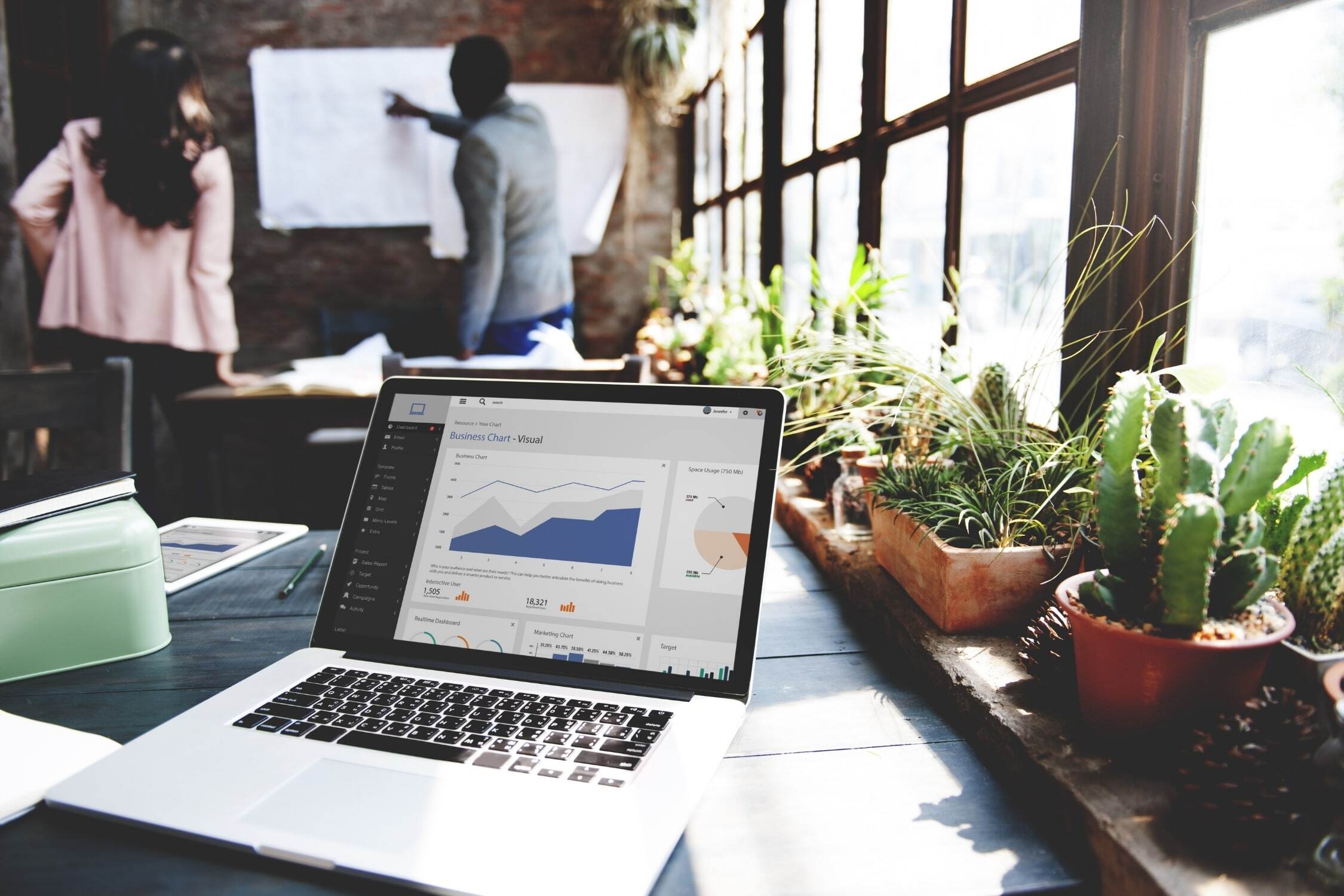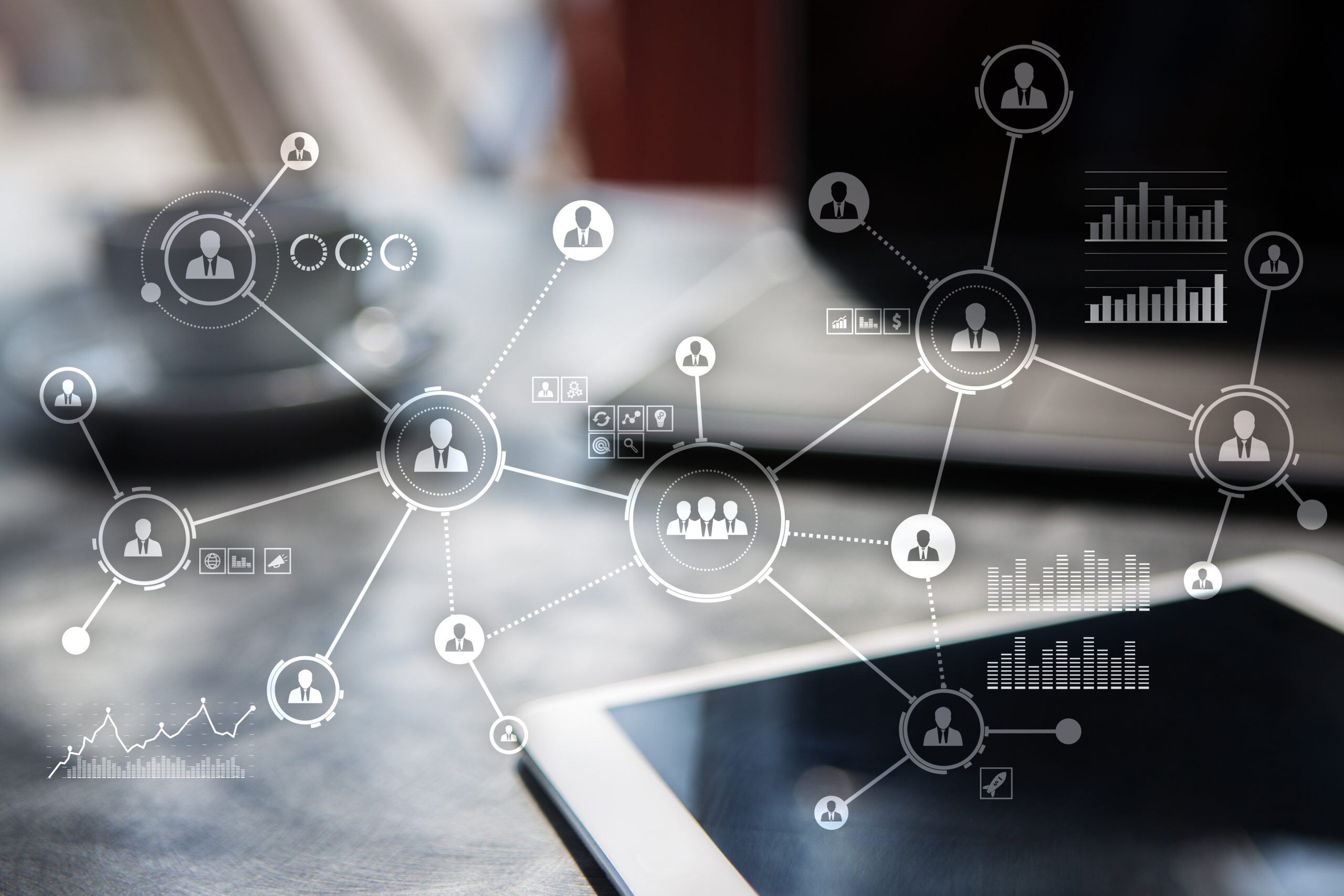6 benefits of Business Performance Management in retail
 Simon Porri
·
5 minute read
Simon Porri
·
5 minute read
The business intelligence market is booming and will continue to grow as the number of BI solutions that are available increases. Business intelligence is now playing a significant role in a wide range of industries, so much so that the BI market is expected to be valued at $30.9 billion by 2022.1
At its core, business intelligence provides historical, current, and predictive views of business operations, not to be confused with business analytics, the analysis of past business performance to gain insight and drive business planning.
Both can provide much-needed insight and can be utilised simultaneously, although not all solutions provide both in the same way. As it plans for the future, the retail sector is likely to require a combination of Business Intelligence and Business Analytics, as well as Business Performance Management, to navigate and thrive in the new normal.
The demise of the high street department store and the move to bricks-and-clicks led to more opportunities for in-store concessions and franchises. This will create new franchise networks with complex hierarchies and multiple locations, potentially making it challenging for teams across these organisations to gather retail data within a centralised location and interpret performance accordingly.
But there is good news. Retail sales and customer appetite have remained healthy, and analysis suggests that consumers across Europe are holding on to over €450bn of savings.2 Conditions seem ideal for a consumer-led recovery in the second half of 2021 and into 2022.
Business intelligence will allow companies to take advantage of new opportunities, not only to predict current sales but to see future trends, market potential, and understand customers on a deeper level. Let’s look at some of these benefits in more detail.
Suggested reading: To learn about retail business intelligence software trends, take a look at our blog — Retail Business Intelligence Software Trends to Watch
1. Identify emerging trends
BI will become more and more vital in identifying new and emerging customer trends going forward, helping businesses to adapt without having to overcome major obstacles in the process.
While vaccine rollouts continue to gain momentum, and social distancing restrictions are being eased in many areas around the world, consumer confidence to engage with person-to-person services and shop in-store is still likely to take some time to recover.
As a result of these conditions, business intelligence can be utilised to help retailers identify industry-specific trends that need to be considered, like:
- The “at home” economy persisting: One legacy of the pandemic is likely to be increased levels of remote working, which itself will have a knock-on effect for both e-commerce and city centre-based retail and leisure.
- Online shopping consolidation: The benefits of online shopping, such as its convenience and instant access to product reviews, are undeniable. However, it is worth noting that 65% of US consumers still prefer to shop at brick and mortar stores — so understanding changes in consumer behaviour will be critical.3
2. Meet changing consumer demands
From wanting more socially responsible, ethically resourced products to needing bulk purchases processed rapidly, it’s crucial that retailers can keep up with the ever-changing tastes of today’s consumers in order to remain competitive within the market.
With the help of an effective business intelligence solution, businesses can gain actionable insights to map changes in customer demand and adjust their strategy accordingly. In terms of retail specifically, this can involve:
- Offering more hybrid purchasing models: Pursuing a multichannel approach that provides a seamless customer experience whether shopping online, from a mobile device or in-store.
- Ensuring supply meets demand: With access to the correct data, retailers can identify demand patterns unique to each store or group of customers.
- Developing more personal experiences for in-store customers: BI data can empower sales staff to know customers’ purchase history, shopping habits and recommend specific promotions.
3. Increase customer satisfaction
The customer is always right — the first rule of retail. But how do you know what your customer wants before they do and successfully exceed their expectations?
We have already seen that customer demand is evolving, with new trends constantly emerging, potentially making it difficult for retailers to keep levels of customer satisfaction high. Insights gathered from business intelligence allow retailers to provide an improved experience for all of their customers. In retail this might include:
- Ensuring the online experience, look and feel of the store, and interactions with retail staff deliver a consistent and gratifying experience.
- Identifying buying patterns, which help employees anticipate the specific needs of a customer and deliver a better, tailored service as a result.
Increasing levels of customer satisfaction can also produce another positive outcome for retailers — higher levels of customer retention. By improving the overall customer experience with the help of business intelligence, retailers can build up customer loyalty, thereby increasing sales and revenue in the long term.
4. Informed decision making
Using BI, companies can aggregate different data sources for a fuller picture of what is happening across their entire organisation, with enhanced BI tools also allowing this same process across complex franchise networks. This helps create a consolidated, holistic view and facilitates better-informed decision-making practices.
Deciding where best to deploy your resources can ultimately improve the customer’s shopping experience, as this allows retailers to reduce customer wait times, provide both the best prices and buying options, while also increasing the overall ease of the shopping experience.
Retail managers can gain oversight as to where customers are spending most of their time both online and in the store, enabling them to alter floor plans and optimise their product placement to drive sales accordingly. With BI tools they can also identify slow-moving products, create better sales bundles, and identify products and displays that are not attracting the desired levels of customer attention.
5. Targeted marketing campaigns
BI also allows retailers to target, adapt and make better-informed decisions concerning their marketing campaigns. Retailers can aggregate and analyse data from their previous online marketing campaigns, in-store purchase history, and behaviour on their website to gain a detailed picture of their customers, including who they are, and when and why they make purchases.
Business intelligence tools allow retailers to identify:
- Buyer demographics
- Location of shopping traffic
- Best selling products online
- Seasonal sales trend for online products
- Online customer transactional histories
BI-based marketing analysis can also provide retailers with:
- Better oversight on which marketing campaigns are successful, and those that aren’t
- Identifying which marketing mix strategies are working well and which aren’t
- Customer persona and journey insights
6. Focus on KPIs and outcomes
Retail is about providing a great customer experience and optimising internal processes to generate profits. One of the most effective ways of achieving both of these goals is to utilise Key Performance Indicators (KPIs).
With the help of an effective business intelligence solution, retailers can identify the KPIs most relevant to their organisation, set them against specific metrics, and track outcomes, ultimately providing a high-level view of organisational health and progress over a period of time.
In the retail industry specifically, there is a whole range of KPIs that businesses and franchises may need to focus on in order to improve their outcomes, including:
- Customer satisfaction
- Customer retention
- Sales figures
- Online traffic
- Stock outages
- Online vs In-Store Sales
Key performance indicators are likely to shift depending on current objectives or the challenges within the industry. As a result, a BI solution that helps retailers identify, measure, and track KPIs continually, with effective visualisation tools to drive optimised outcomes, is crucial.
Suggested reading: For more on KPIs and how they can help deliver optimised outcomes, check out our blog — KPI Reporting and Analysis Best Practices
Get the right tools for the job
Identifying and implementing the right BI tool is essential to ensure retailers can access the benefits of business intelligence and business analytics. Bringing data together into a centralised view, identifying and tracking KPIs, and utilising simple, customisable dashboards will help businesses and franchises transform data-driven insights into positive outcomes.
This is exactly what Loop was built to deliver — going beyond data collection to focus on outcomes that impact your bottom line. If you’re ready to begin the process of optimising your organisation’s approach to business intelligence and business analytics, schedule a quick call with us today.






